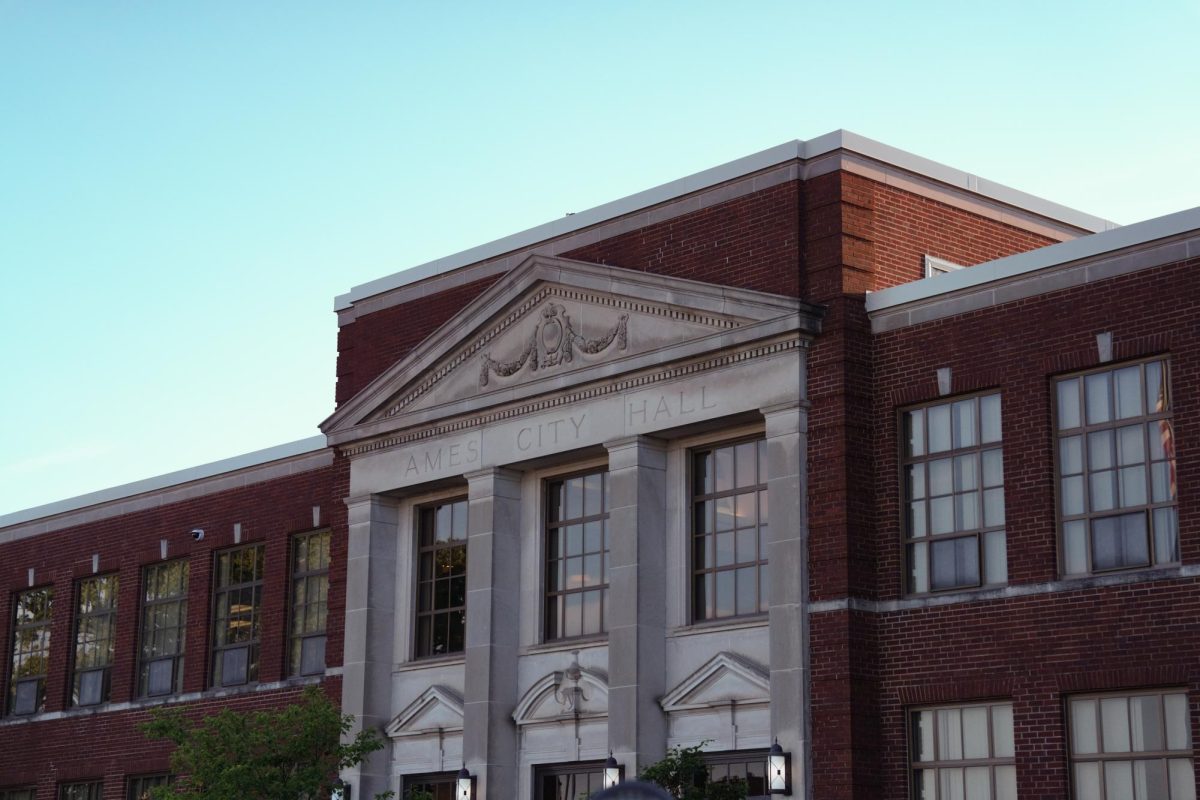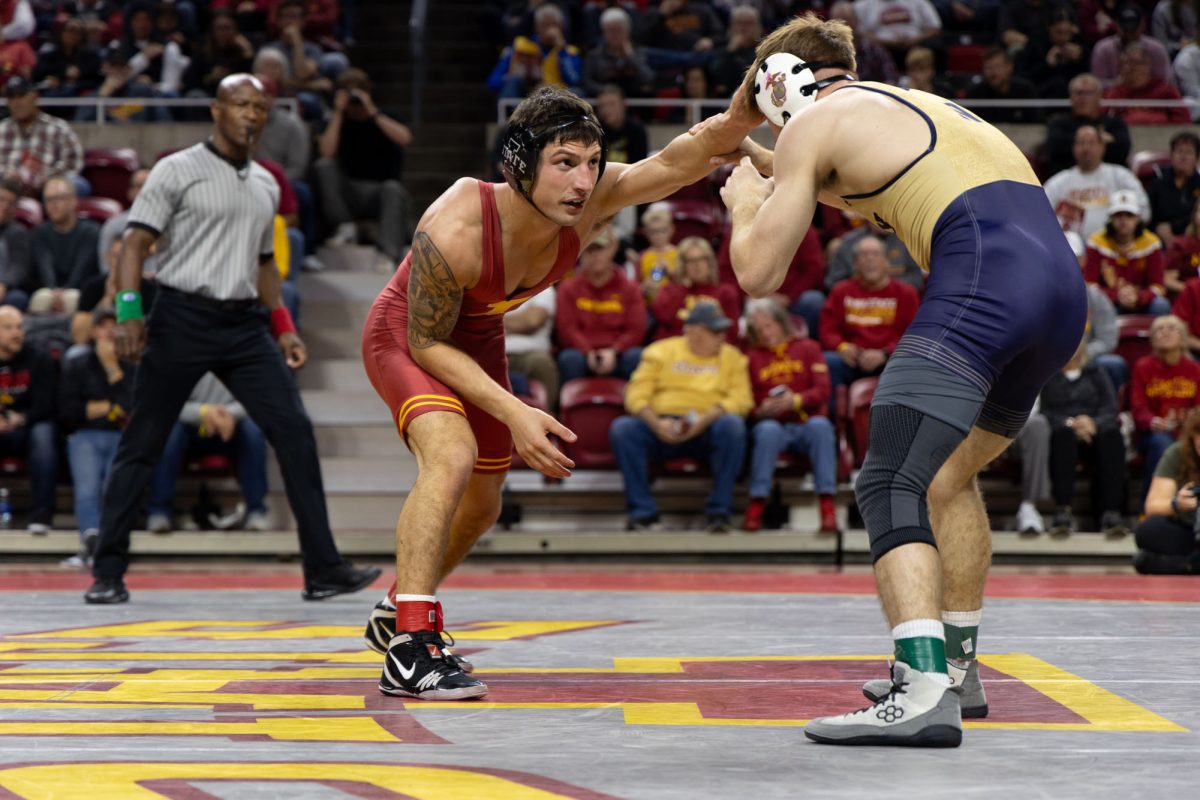‘Beatles Anthology’ is a quintessential slice of American musical pop culture
April 16, 2003
Since I wasn’t living during the 1960s, it’s difficult for me to comment on a time and place that seemed to define American culture. This is a unique feature of “The Beatles Anthology” (EMI), which provides a historical context through the eyes of the four members of the group. It describes a musical world that changed both around and because of these musicians.
“The Beatles Anthology” originally aired as a TV miniseries in 1995 that complemented the three “Anthology” albums. It has recently been released onto DVD in a slick five-disc package that chronicles, in minute detail, the formation and demise of the group.
The initial two segments of the documentary are the most bland entries in the series. The first explores the early stages of the group, a concept that carries over onto the second part, which meanders around the fact that the Beatles played at a lot of venues before they hit it big with “Please Please Me” and “Love Me Do.”
The direction in the first stages of the miniseries is distracting due to the haphazard ways the documentary discusses various events, such as the band’s days performing at the Cavern, their performances in France and Germany, and their early musical influences.
Things start to get more interesting in part three, when the Beatles finally perform on “The Ed Sullivan Show” and in numerous locations around America. Parts three and four still lag a bit, but only because you see the group performing the same songs over and over again.
The last half of the series begins with the Beatles’ legendary performance at Shea Stadium, starts to pick up in pace as discussions about “Rubber Soul” and “Revolver” consume much of part five and continues into part six with the story behind “Sgt. Pepper’s Lonely Hearts Club Band.”
Parts seven and eight, unfortunately, exemplify the notion that the series more or less skims over the latter, and most interesting, part of the Beatles’ legacy.
Part seven heavily focuses on “Magical Mystery Tour” and the Eastern influence that spawned the songs that would later appear on “The White Album.” Part seven also introduces Yoko Ono into the mix, which marked a major change in the structure of the band.
Part eight is the best of the series, which provides insight into “Let it Be,” “Abbey Road,” and also includes some of the best live recordings of the series, including “Hey Jude” and “Revolution.”
The most memorable portions of the interviews from the Beatles come at the end, with talk about the breakup of the band.
“[The fans] gave their money and they gave their screams,” Harrison said. “But the Beatles gave their nervous systems.”
“It’s just natural — it’s not a great disaster. People talk as if it’s the end of the Earth,” Lennon said. “It’s only a rock group that split up.”
“The Beatles Anthology” is sentimental for those who love the music. I can’t say I don’t feel chills as the documentary concludes with the digitally dominated “Free as a Bird” video, a personal experience that leaves me gettin’ weepy as the credits start to roll.
The special features of “The Beatles Anthology,” although interesting, feel a bit winded. Since they are apart from everything else, it feels as though they’re externalized from the enormous amount of information presented in the documentary. By being able to select what you watch, part of the joy of watching a story unfold — which makes the documentary compelling — is lost to the ramblings of various production details.
Tidbits do pepper these features, such as Paul talking about how remaking “Real Love” from John’s demo tapes was less interesting than “Free as a Bird” because the background music was already provided. Watching the then-living three Beatles sing little ditties and talk about years past is a precious time capsule.
“The Beatles Anthology” is longer than ten hours in scope, a length that will probably truly entertain only hardcore fans of the group. Regardless, it’s a miraculous effort, succeeding through its conglomeration of extensive and honest interviews, home video, archive footage and engaging musical performances.






